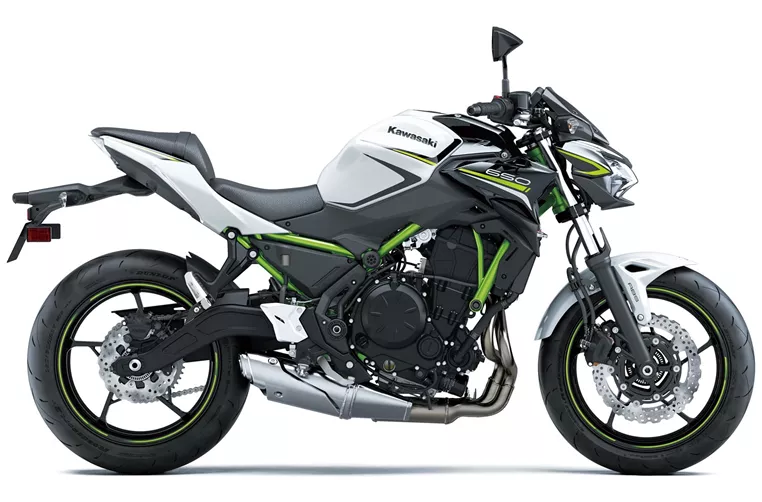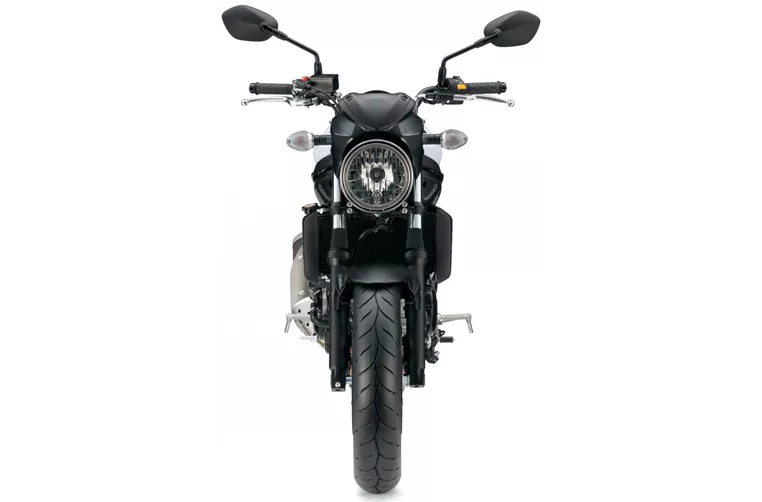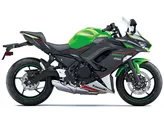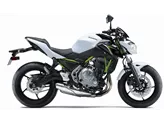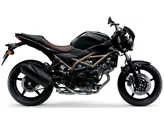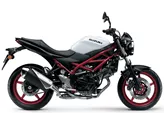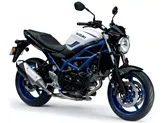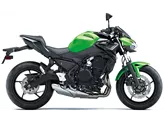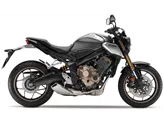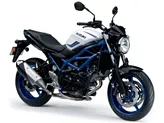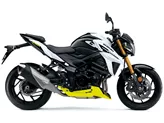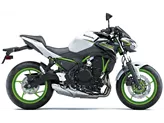Kawasaki Z650 2020 vs. Suzuki SV 650 2016
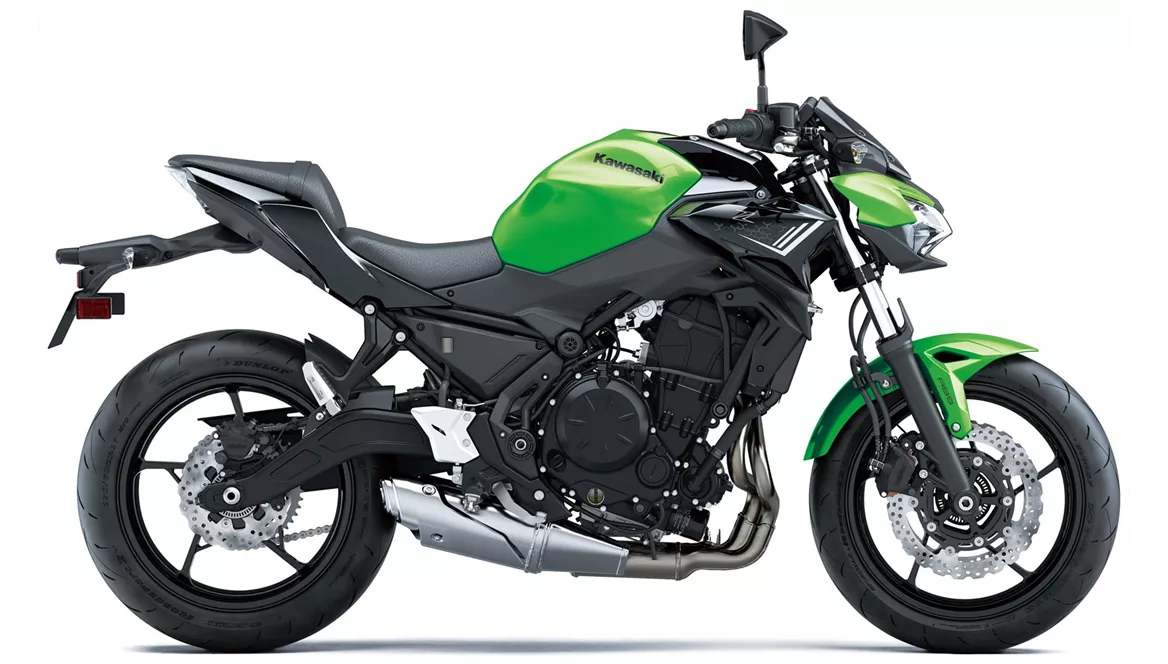
Kawasaki Z650 2020
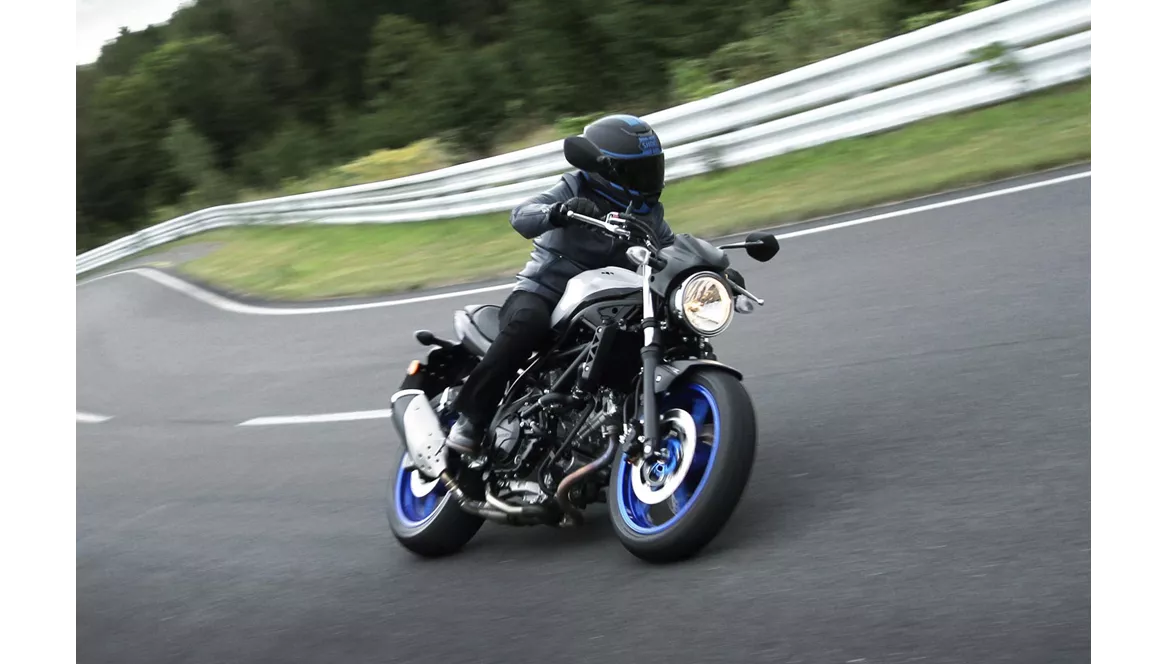
Suzuki SV 650 2016
Genel bakış - Kawasaki Z650 2020 vs Suzuki SV 650 2016
The Kawasaki Z650 2020 and the Suzuki SV 650 2016 are both naked bikes with similar technical specifications. However, there are some notable differences between the two models.
In terms of engine power, the Suzuki SV 650 2016 has a slight advantage with 76 HP compared to the Kawasaki Z650 2020's 68.2 HP. However, the Kawasaki Z650 2020 has a higher torque of 65.7 Nm compared to the Suzuki SV 650 2016's 64 Nm. Both bikes have fuel injection systems, liquid cooling, and 2 cylinders.
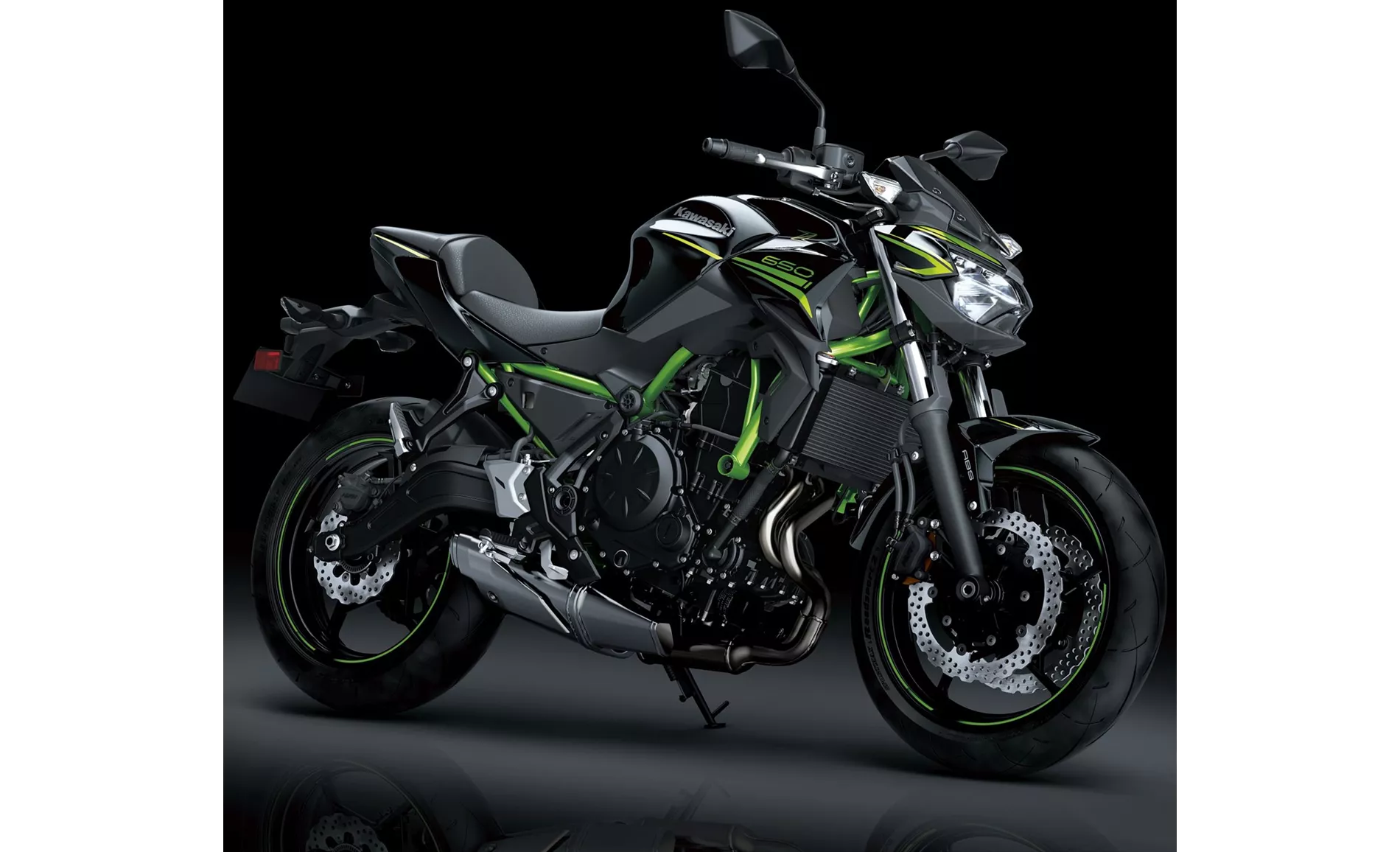
Kawasaki Z650 2020
In terms of suspension, both bikes have telescopic forks at the front and swing arm suspension with monoshock at the rear. The chassis of both bikes is made of steel and has a tubular frame. The front brakes on both bikes are double disk with double piston calipers. However, the Kawasaki Z650 2020 has slightly larger front brake disks with a diameter of 300 mm compared to the Suzuki SV 650 2016's 290 mm.
Both bikes come with ABS as an advanced rider assistance system. The dimensions and weights of the bikes are also similar, with both having a front tire width of 120 mm and a rear tire width of 160 mm. The front and rear tire diameters are also the same at 17 inches. The wheelbase of the Suzuki SV 650 2016 is slightly longer at 1445 mm compared to the Kawasaki Z650 2020's 1410 mm. The seat height of the Suzuki SV 650 2016 is slightly lower at 785 mm compared to the Kawasaki Z650 2020's 790 mm. The kerb weight of the Suzuki SV 650 2016 is slightly heavier at 197 kg compared to the Kawasaki Z650 2020's 187.1 kg. The fuel tank capacity of the Suzuki SV 650 2016 is 13.8 liters, while the Kawasaki Z650 2020 has a larger fuel tank capacity of 15 liters.
In terms of strengths, the Kawasaki Z650 2020 has a powerful two-cylinder engine, aggressive intake noise, compact dimensions, low seat height, stable chassis, TFT display with connectivity, and a grown-up look. On the other hand, the Suzuki SV 650 2016 has an agile and powerful engine, a typical V2 sound, a pleasant and low seating position, easy handling, a comfortable chassis, and brakes with good control.

Suzuki SV 650 2016
As for weaknesses, the Kawasaki Z650 2020 has a front brake pressure point issue and may be uncomfortable for tall riders. It also has a Rideology App that is not 100% sophisticated. The Suzuki SV 650 2016 has a poorly readable digital tachometer.
Overall, both the Kawasaki Z650 2020 and the Suzuki SV 650 2016 are solid naked bikes with their own strengths and weaknesses. Ultimately, the choice between the two would depend on the rider's preferences and priorities.
Teknik Özellikler Kawasaki Z650 2020 ile karşılaştırıldığında Suzuki SV 650 2016
Karşılaştırıldığında Artıları ve eksileri
Karşılaştırıldığında Artıları ve eksileri
Kawasaki Z650 2020
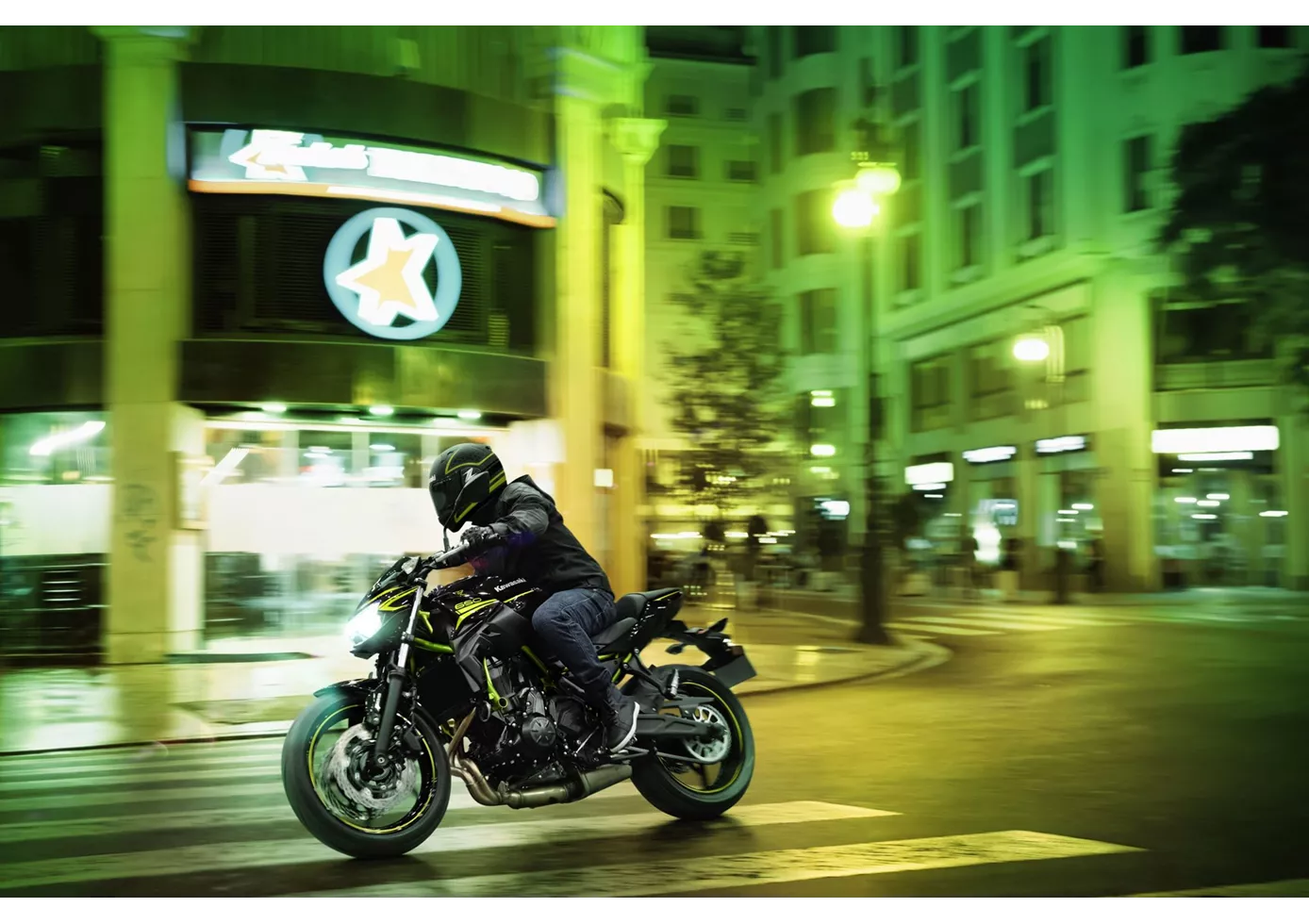
Kawasaki'nin yeni Z650 ile bir araya getirdigi eksiksiz paket tek kelimeyle harikulade. Tek tek teknik bilesenler sizi sasirtmayabilir, ancak bir araya geldiklerinde herkesin keyif alacagi hos ve nötr bir motosiklet ortaya çikiyor. Sirret tuhafliklar yok - sadece virajli köy yollarinda gerçekten iyi çalisan çiplak bir motosiklet. Henüz rakiplerinde bulamadigimiz TFT ekran ve daha büyük Z modellerine yönelik yetiskin görünümü elbette bir arti. Sadece ön frenin basinç noktasi daha net tanimlanabilirdi - ancak bu fiyat araliginda her seye sahip olamazsiniz.
Suzuki SV 650 2016
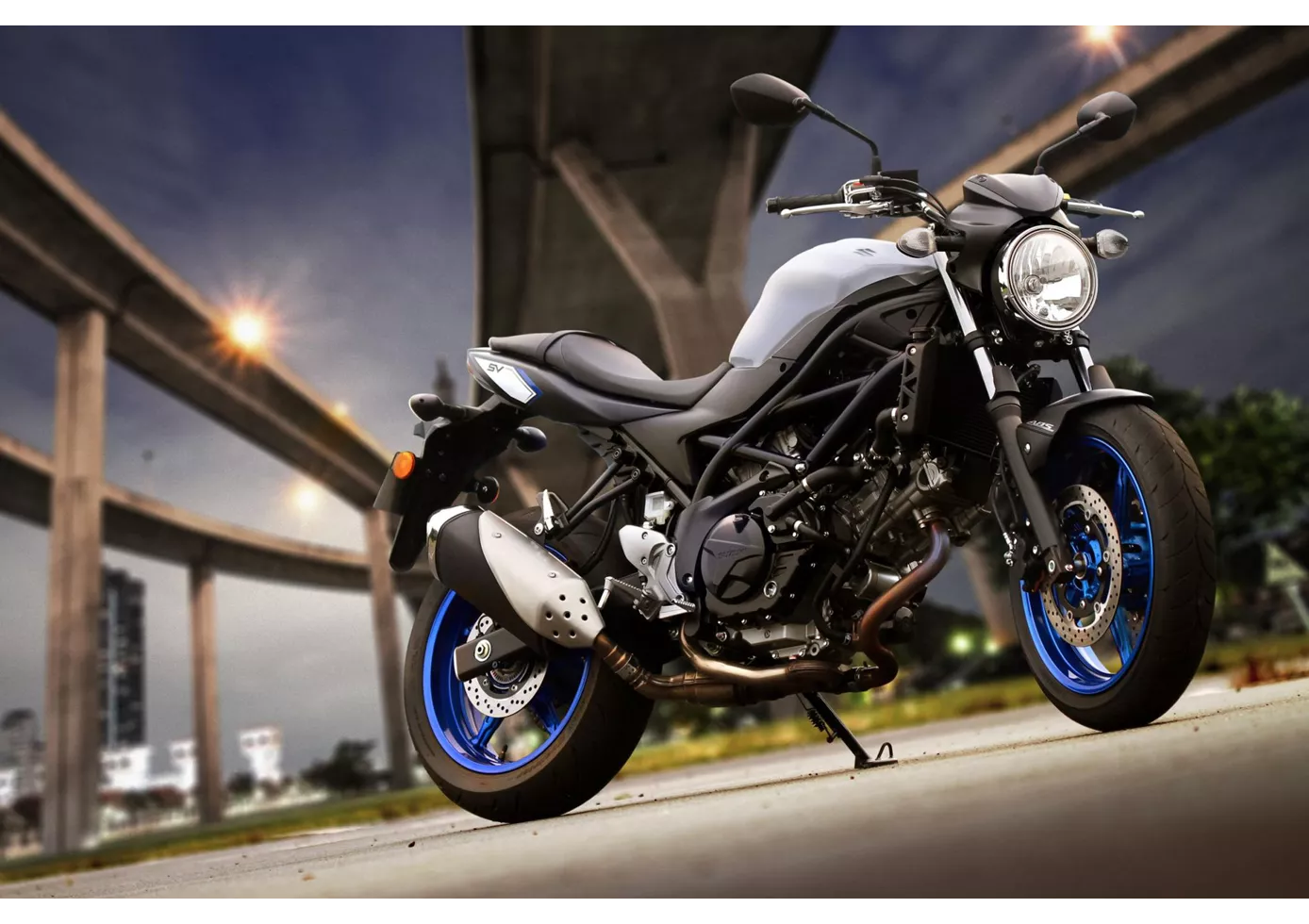
Yeni SV650, ilk iki SV650 neslinin görsel minimalizmini devam ettiriyor, ancak teknik olarak dogrudan selefi olan SFV650 Gladius'u temel aliyor - son derece modern SV650'yi bir klasige dönüstüren iki mükemmel hamle. Tasarim, birçok retro dönüsüm çagina harika bir sekilde uyuyor, ancak içinde özellikle yeni baslayanlar için baslamayi kolaylastiran modern hileler de var. Öte yandan motor, ileri düzey sürücüleri de ikna edebilir, tipik V2 hissi harikadir. Sasi ve frenlerden asiri sportiflik beklememelisiniz, ancak 6400 Euro'nun biraz altindaki fiyat (Almanya'da) rekabetin yutmak zorunda kalacagi bir duyuru.
Fiyat Karşılaştırması Ortalama Piyasa Fiyatı Kawasaki Z650 vs Suzuki SV 650
There are a few key differences between a Kawasaki Z650 2020 and a Suzuki SV 650 2016. In terms of price, the actual average price of a Kawasaki Z650 2020 is about 19% higher. A Kawasaki Z650 2020 experiences a loss of 30 USD in one year of ownership. This is offset by a loss of 140 USD for a Suzuki SV 650 2016. Compared to Suzuki SV 650 2016 there are more Kawasaki Z650 2020 bikes available on the 1000PS.de Marketplace, specifically 21 compared to 11. With 80 days it takes the same amount of time to sell a Kawasaki Z650 or a Suzuki SV 650. Since model year 2017 1000PS.de editors have written 31 reviews for the Kawasaki Z650 and 25 reviews for the Suzuki SV 650 since model year 2005. The first review for the Kawasaki Z650 was published on 11/8/2016 and now has more than 25,000 views. This compares to more than 14,200 views for the first review on Suzuki SV 650 published on 9/26/2008.
